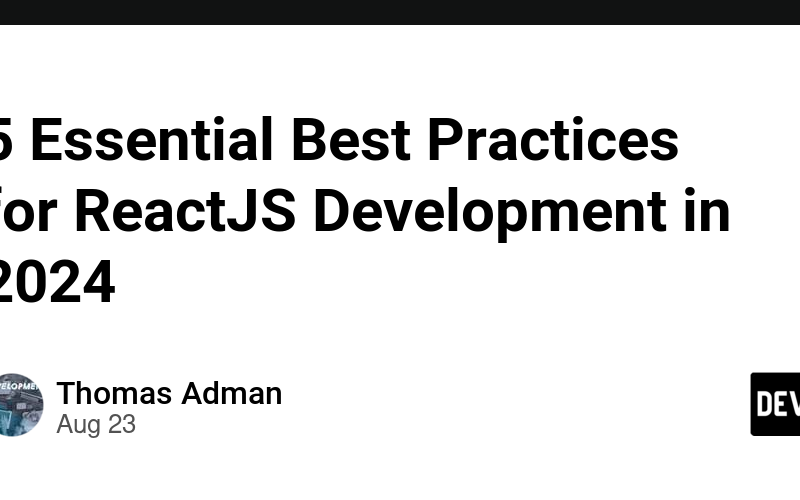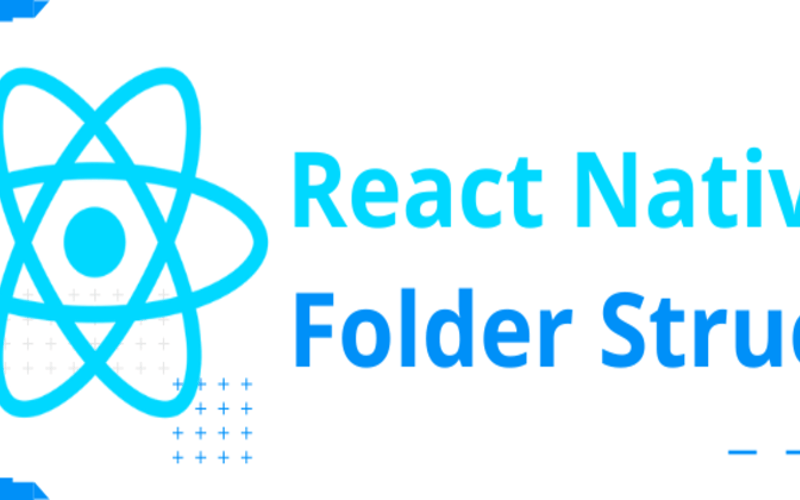25
Oct
For the past few years, my journey with the Mantine UI library on various NextJS projects in TypeScript has been nothing short of transformative. The decision to adopt this library was driven by its remarkable ease of use and the exceptional quality of its documentation, which is both well-crafted and meticulously organized. The beauty of Mantine UI lies in its ability to streamline the development process. Within minutes of installation, I found myself immersed in a world where creating captivating interfaces and functional components became effortless. The intuitive design of the library, coupled with its comprehensive documentation, allows developers to…







